:max_bytes(150000):strip_icc()/akagi-large-56a61c395f9b58b7d0dff70b.jpg)
Akagi Japanese aircraft carrier.
Deep-sea explorers and historians on Sunday announced they apparently
found a second World War II-era Japanese aircraft carrier that sank during
the Battle of Midway.
Director of undersea operations for Vulcan Ind. Rob Kraft said a review of
sonar data captured Sunday showed either the Japanese carrier Akagi
or the Soryu resting in nearly 18,000 feet of water in the Pacific Ocean
more than 1,300 miles northwest of Pearl Harbor. Hawaii.
The researchers used an autonomous underwater vehicle, or AUV,
equipped with sonar to find the ship. The vehicle had been out
overnight collecting data, and the image of a warship appeared in
the first set of readings on Sunday morning.
Officials said the crew planned to deploy the AUV for another eight-hour
mission where it will capture high-resolution sonar images of the site to
measure the ship and confirm its identity.
The finding came on the heels of last week’s discovery, another Japanese
aircraft carrier, the Kaga, which U.S. forces also sank during the Battle of
Midway in June 1942.
Until now, only one of the seven ships that went down in the air-and-sea
battle, five Japanese vessels and two American ships, had been found.

.
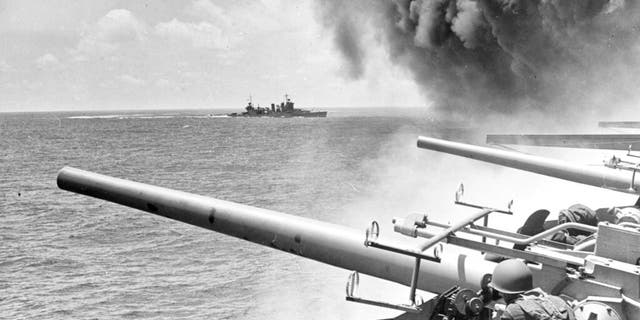
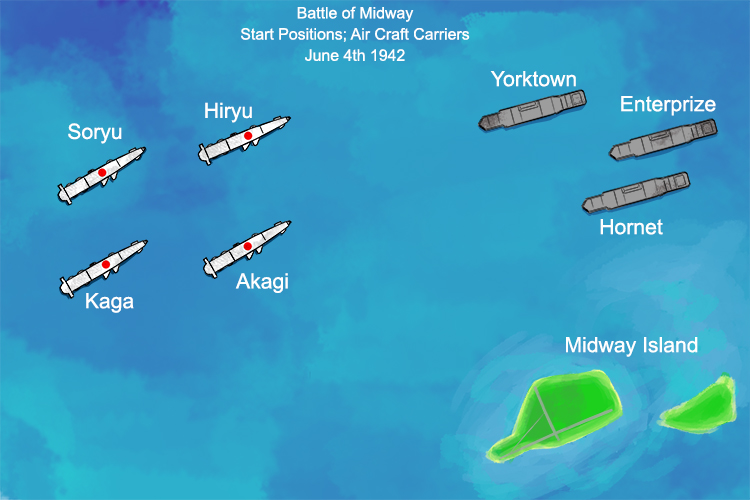

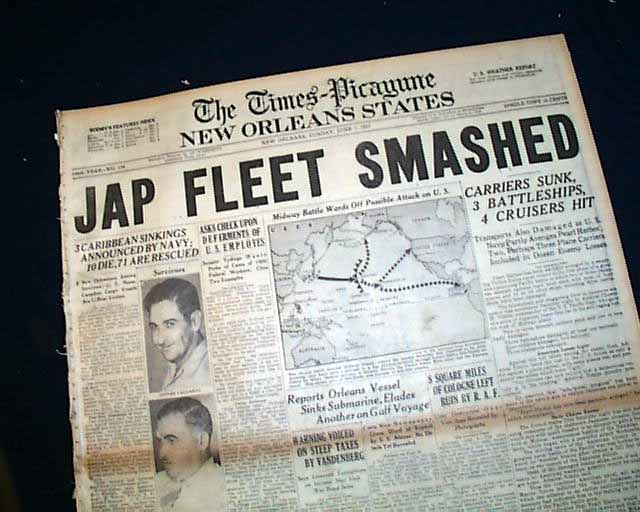
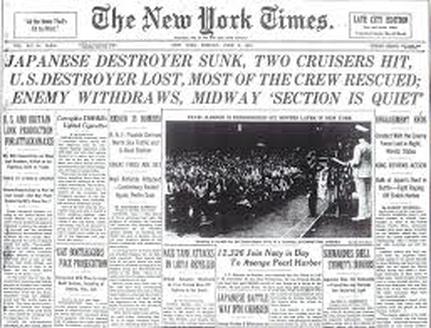
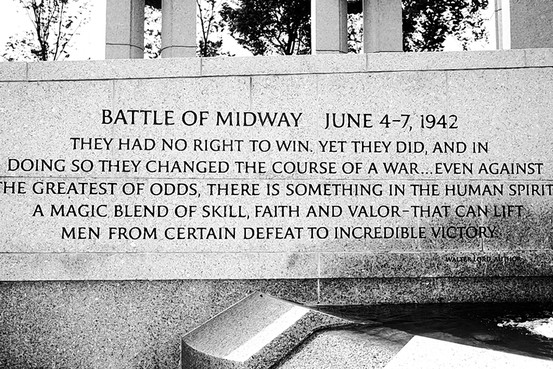
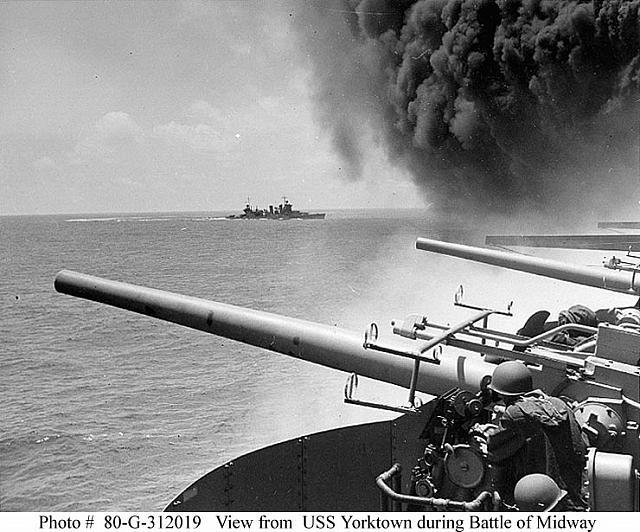
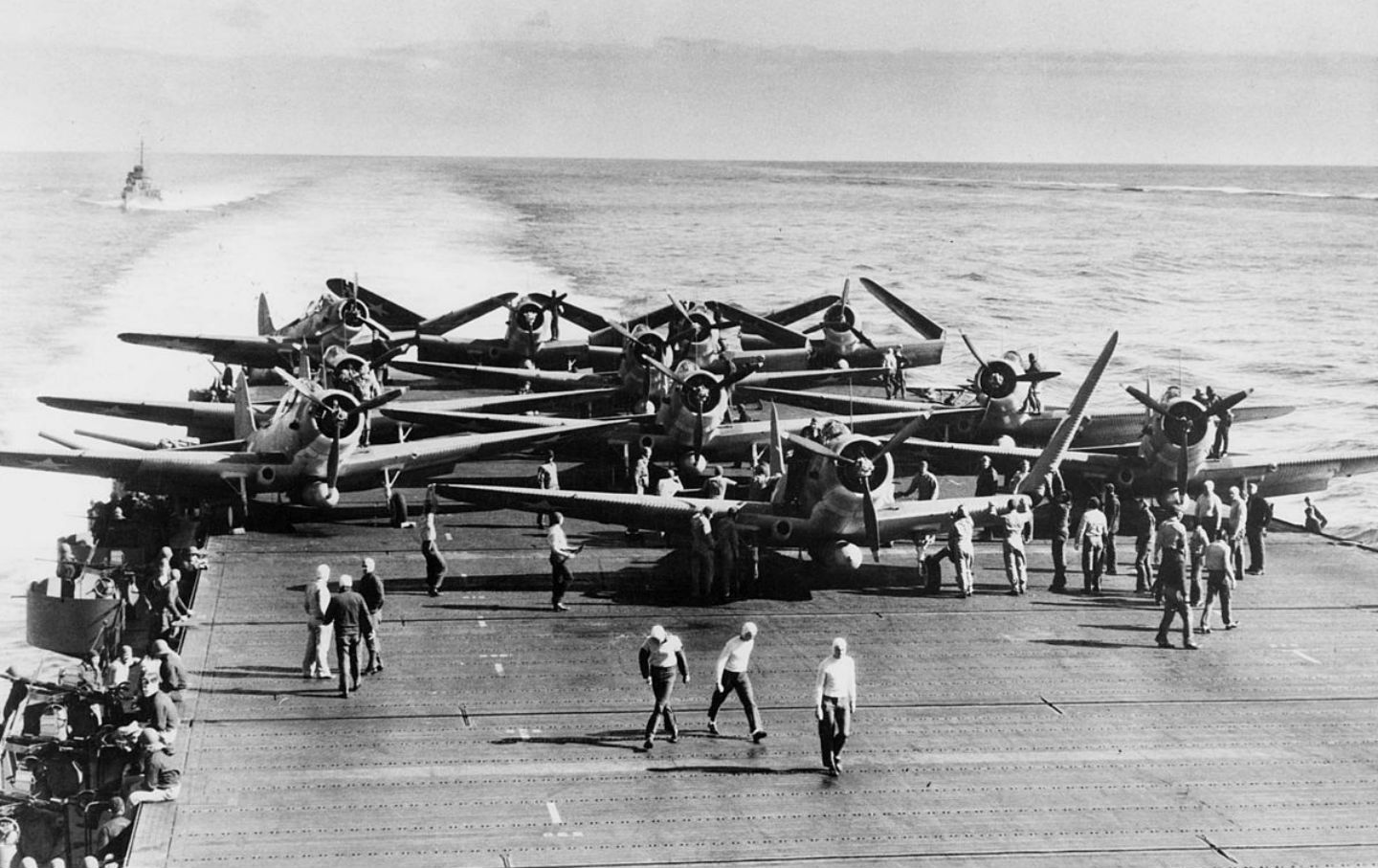

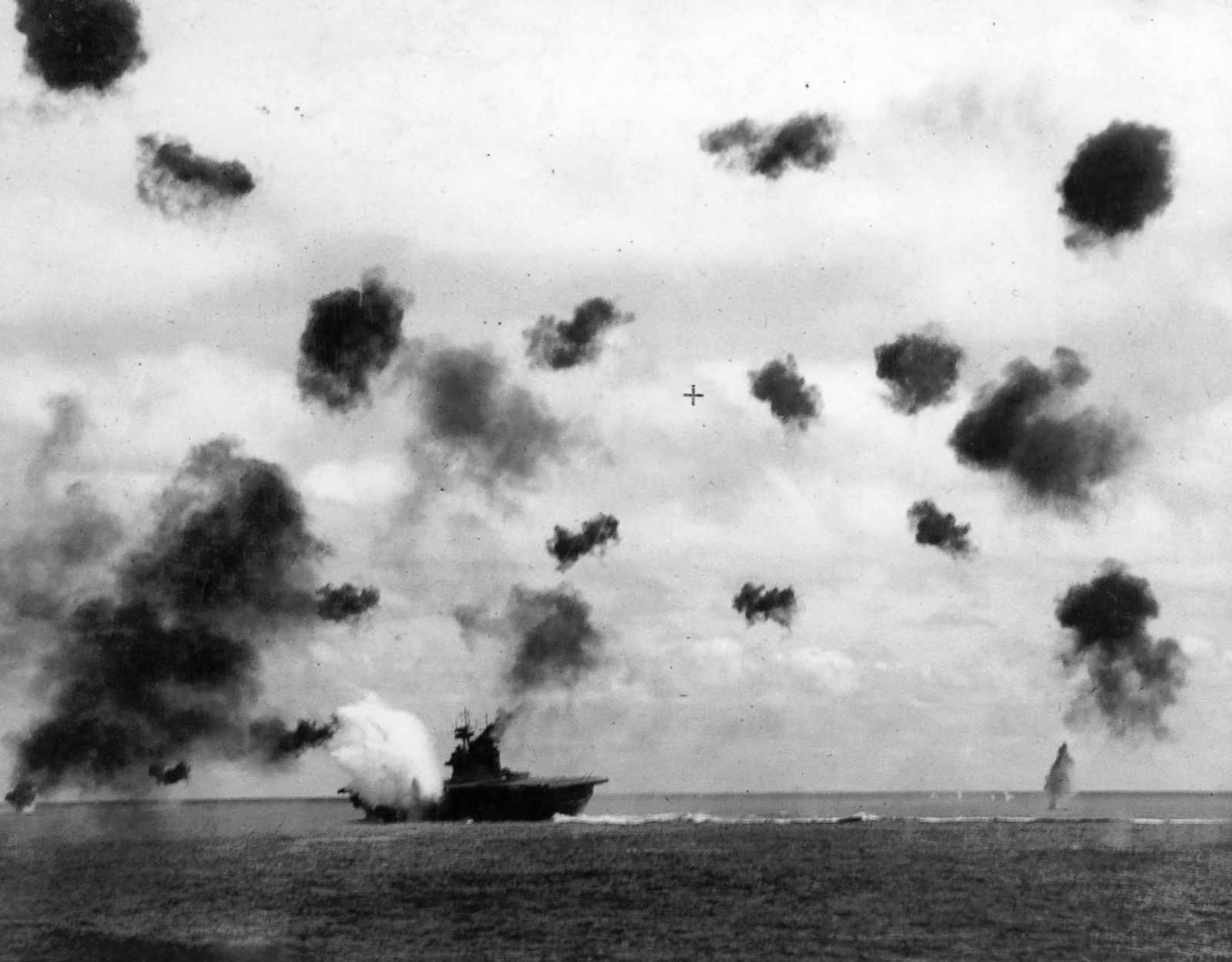


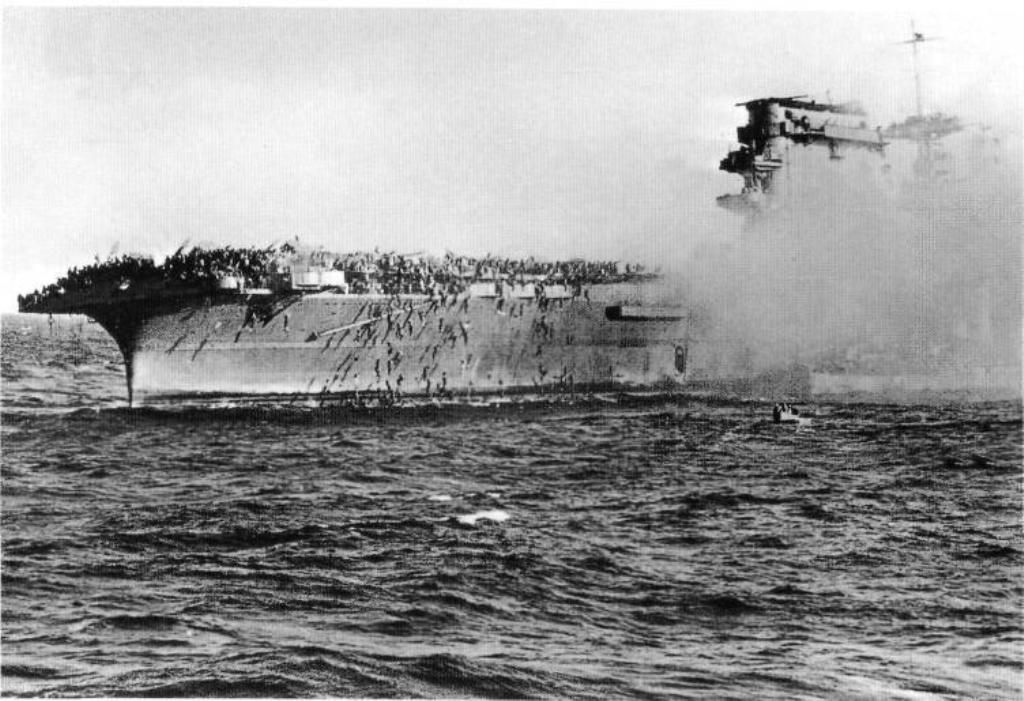

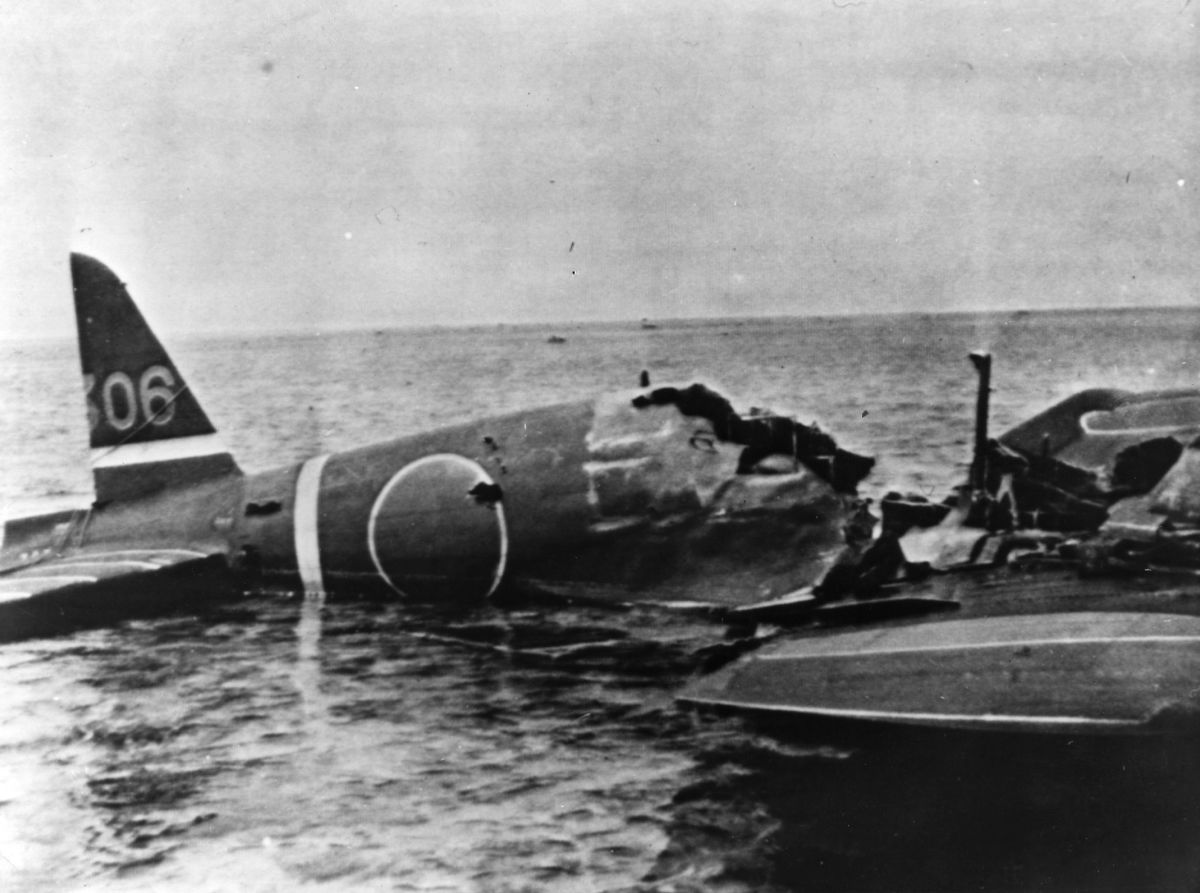


:max_bytes(150000):strip_icc()/akagi-large-56a61c395f9b58b7d0dff70b.jpg)



